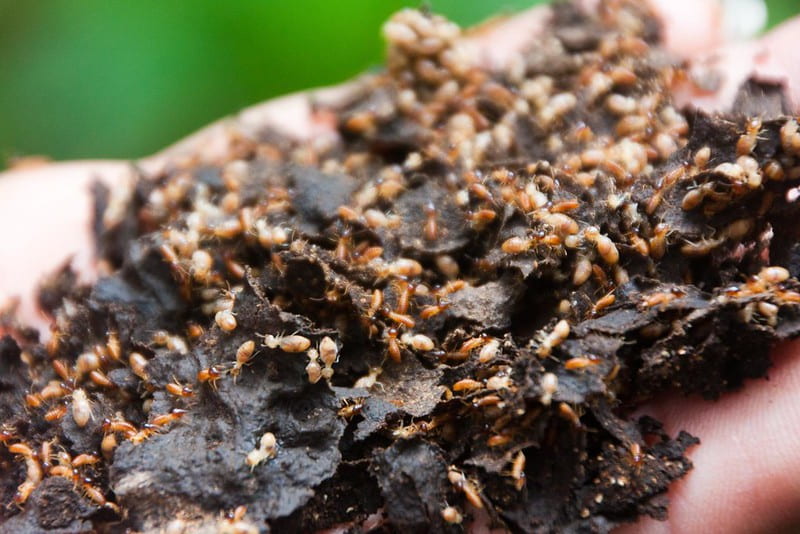Entomophobia is the “irrational or unreasonable fear of insects”, and is often considered together with arachnophobia, the fear of spiders. Individuals with entomophobia would experience varying degrees of anxiety when encountering an insect. Symptoms and behaviours include avoiding areas where insects can be encountered, escalated heart rates, fearful feelings, and even immobilisation (Hardy, 1988).
Psychologists and behaviourists have attempted to explain the origins and onsets of entomophobia. One explanation states that these phobias stemmed from “innate common fears of naturally occurring and potentially harmful objects”, where it is evolutionary advantageous and adaptive to develop a fear of insects and spiders. Phobias may also be triggered through past negative experiences, such as being stung by a wasp or a cockroach crawling up a leg (Hardy, 1988).

One interesting yet bizarre explanation of entomophobia looks at the connection between insects and dreams. Sigmund Freud suggests that dreams of insects and entomophobia are a result of repressed sexual and aggressive childhood. One could overcome their phobia by conquering the object of fear in dreams (e.g. killing a cockroach in a dream) (Hardy, 1988; Klein, 2012). James Hillman (1988) suggests three “fantasies” to account for entomophobia:
- Dreams of insect invasions indicate psychotic dissociation, or loss of centralized control;
- Insects in dreams indicate the psyche’s ability to create inhuman monstrosities; and
- Insect autonomy threatens us with competition and freedom beyond our control
Finally, entomophobia is also associated with delusionary parasitosis, where affected individuals have an “unshakeable belief that live organisms, such as mites or insects, are present in (or on) the skin”. Possible triggers include experiencing an insect infestation in their homes and even childhood emotional deprivation (Schrut & Waldron, 1963; Waldron, 1962).
